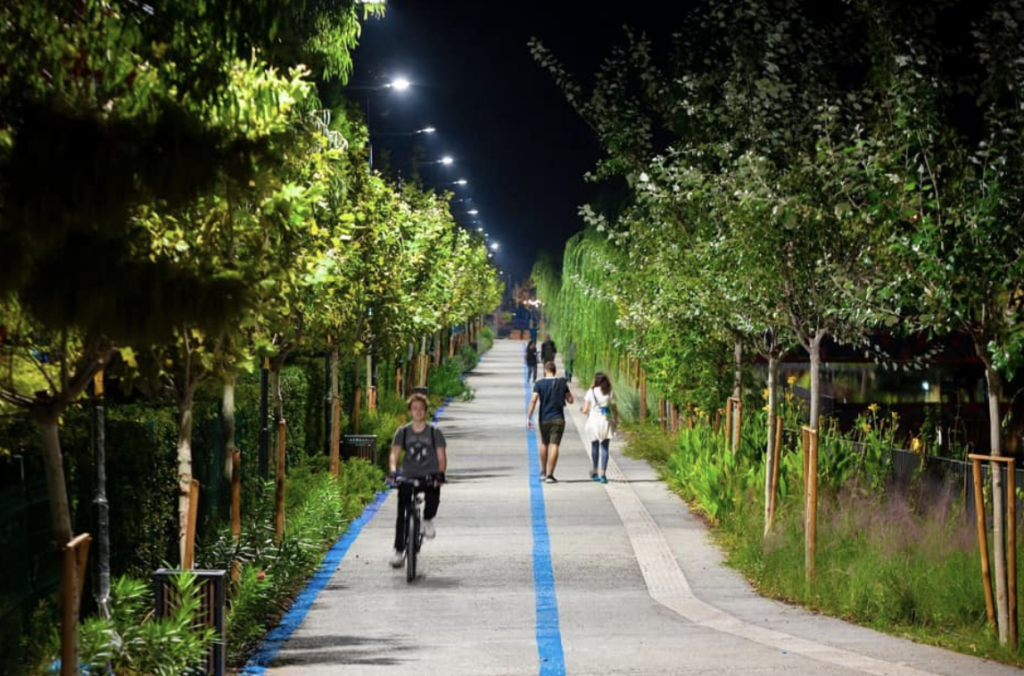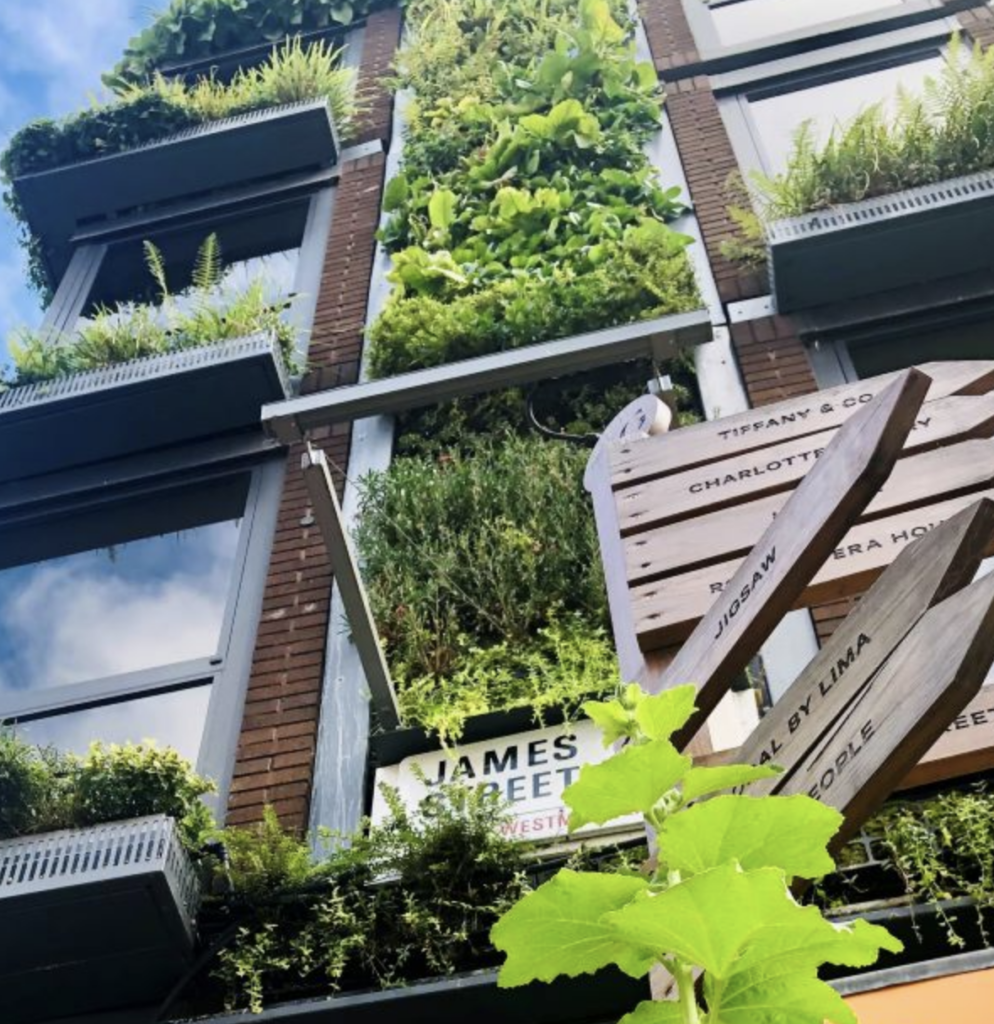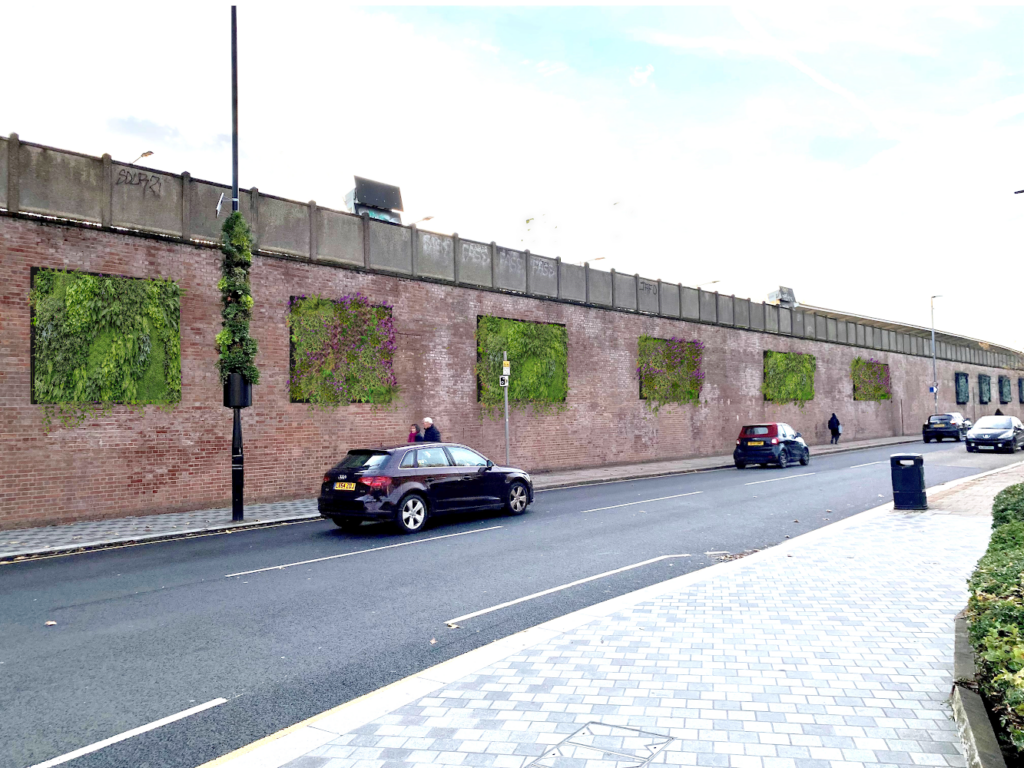Damien Gayle, journalist at The Guardian newspaper, has published an article that describes how new research suggests green space provides a significant cooling mechanism for urban setting during heatwaves.

New research by the Global Centre for Clean Air Research (GCCAR) have just published a comprehensive review into the heat-mitigating effects of green spaces during heatwaves. Their conclusion suggests that sites such as the Chelsea Physic Garden and the Royal Botanic Gardens at Kew reduce air temperatures during heatwaves by an average of 5C.

London is fortunate to have plenty of green spaces but this can always improve, especially in the centre of town where concrete streets absorb heat and create the urban heat island effect. This phenomenon is caused by structures such as buildings, roads and other metal or concrete infrastructure absorbing heat and re-emitting the sun’s heat, resulting in temperatures rising.


Green spaces, urban parks, wetlands, green walls, and even street trees, were found to significantly mitigate the warm temperatures. The paper goes on to suggest that cities can unlock more benefits by linking green spaces together into ‘green corridors’. These are beneficial in the cooling process but also provide biodiversity channels which are essential at a time when the loss of biodiversity in England is at an all-time high.

Balham is fortunate to be in close proximately to three commons, and plenty of tree lined streets, but more can be done. There are plenty of opportunities to install green walls which would provide a cooling mechanism and establish the green corridors that the paper describes. This valuable new piece of research highlights the importance of green spaces to keep urban populations safe from future heatwaves, and this is especially pertinent as we experienced the warmest February on record for England and Wales.
You can read Damien Gayle’s article at The Guardian here.
Please tag us @beautifybalham if you see any more articles that encourage us to develop our green spaces!
